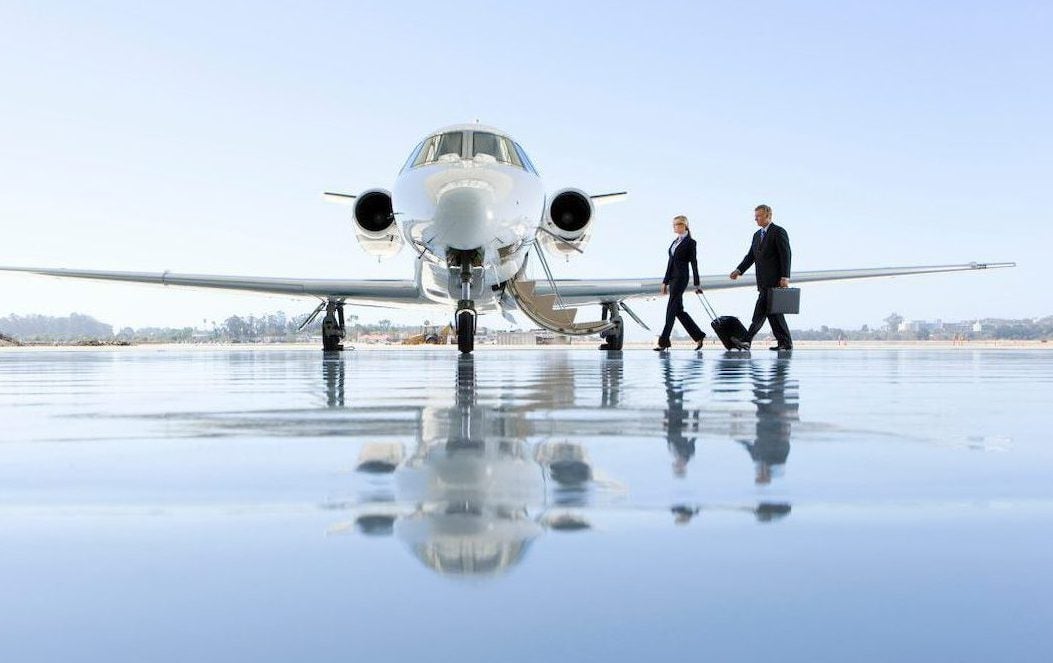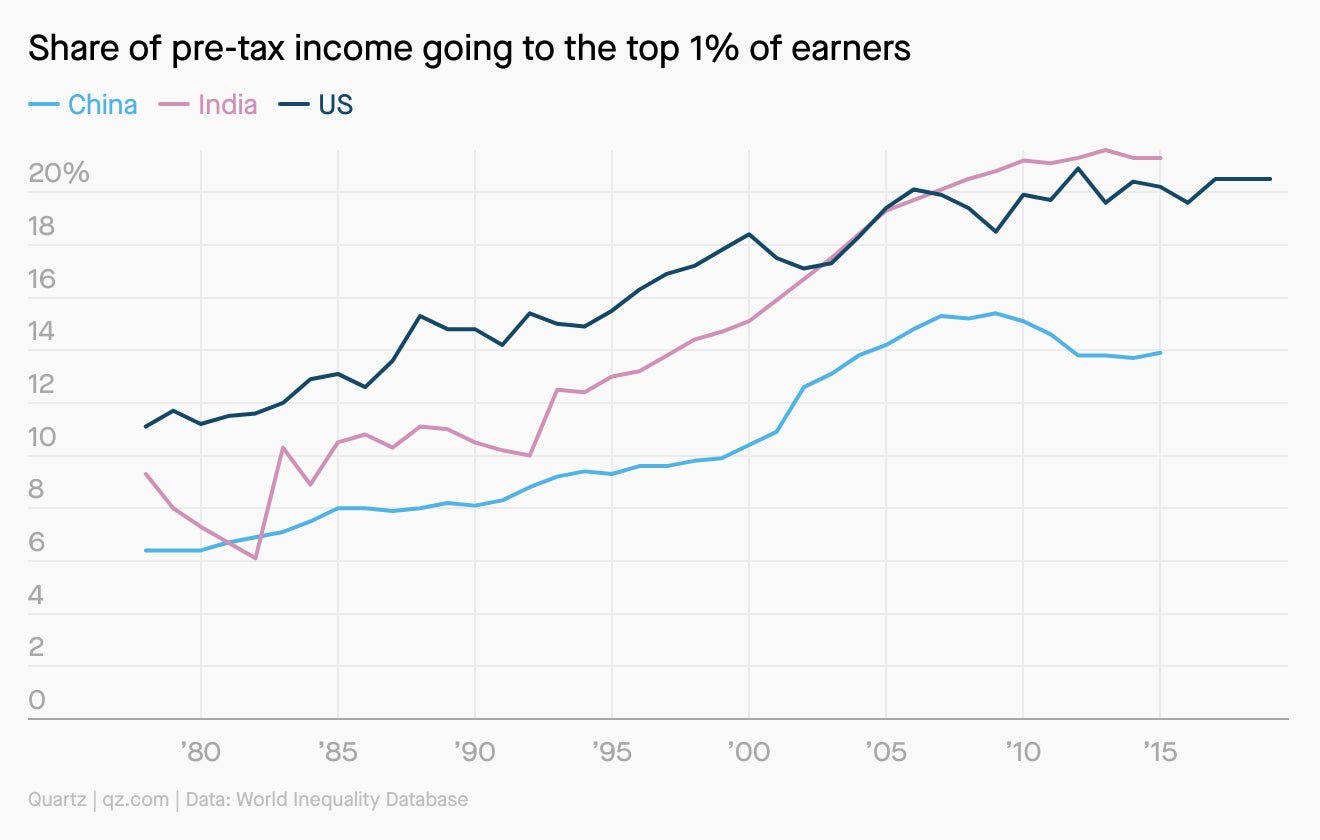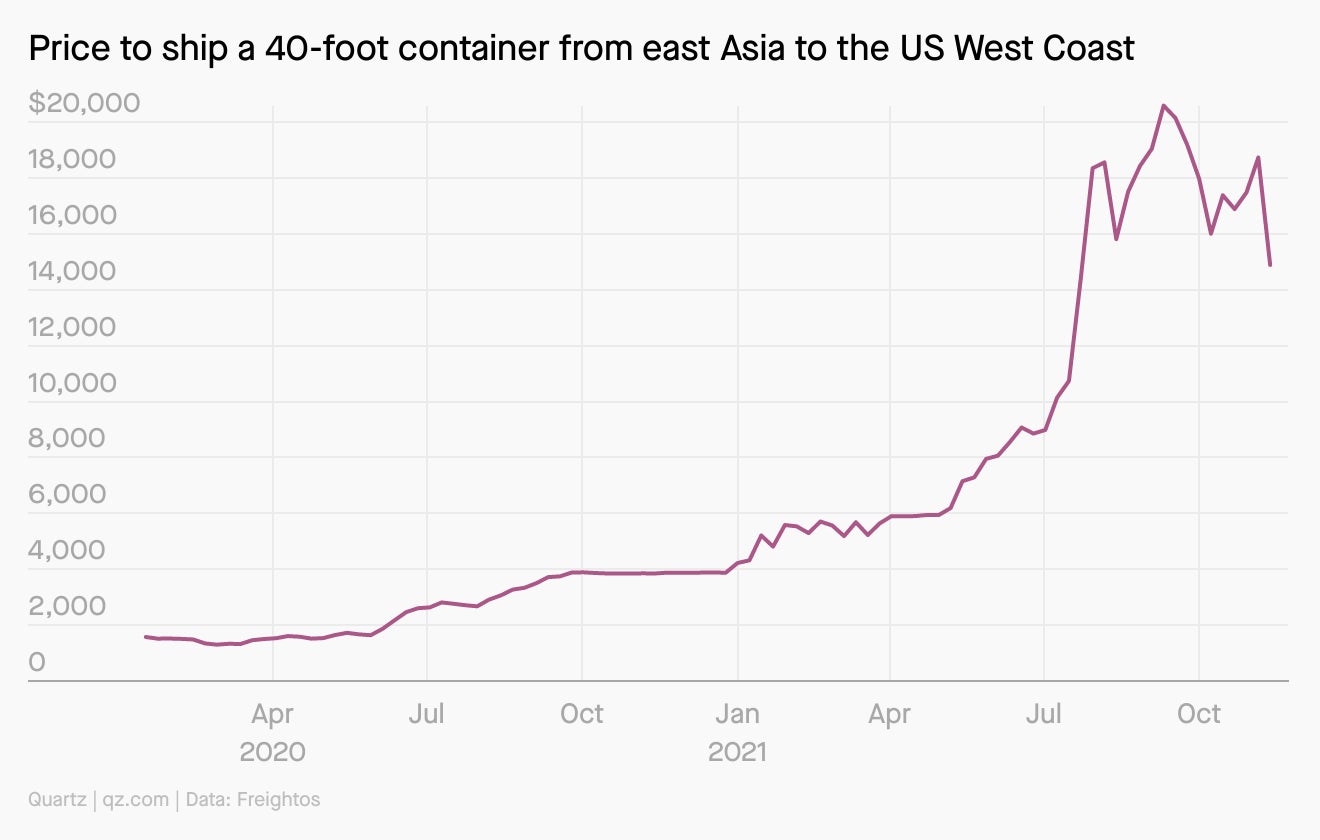That’s rich
Hi Quartz readers,


Hi Quartz readers,
Between 2015 and 2020, the wealth of the top 1% and that of the bottom 90% in the US were in near-parity; sometimes one metric stuck its head above the other, or vice versa. Then the pandemic struck, and for a brief moment, when big banks and companies felt the hiccups and when regular Americans were receiving stimulus payments, the bottom 90% was out in front.
Now, though, the trends have reversed. Measured by share of total net worth, the richest 1% of Americans have been pulling further and further away from the bottom 90% in 2021. By this metric, the US has not witnessed today’s levels of inequality in at least the three decades that the Federal Reserve has been compiling data on wealth percentiles—and really in far longer.

The Fed’s data on diverging fortunes of the 1% and the 90% is further evidence of how the pandemic has only succeeded, in the short term, in boosting the wealth of the wealthiest Americans. The 400 richest people in the US added $4.5 trillion in wealth in 2020, Forbes reported. And as the pandemic’s effects wear on, the gap is growing—posing a starker and starker challenge for president Joe Biden, even as his spending programs attempt to redress this kind of inequality.
Talking points
💉 All Americans are eligible for booster shots. Covid-19 infection rates are rising again in the US and Europe, but experts still worry that a widespread push for boosters could constrain global vaccine supplies.
😬 There’s a hiccup with one covid treatment. Steroid dexamethasone has become a go-to treatment for covid-19 patients with lung infections, but one study shows it’s likely only effective in men.
🐟 The Wuhan market is back under the microscope. A new paper says the most likely “patient zero” was a woman who sold seafood there; her symptoms appeared on Dec. 11.
⚕️ Travel restrictions are changing medical tourism. Because of investment into medical facilities in Africa, the continent’s middle class is expected to take fewer “medical tourism” trips.
🏥 A third of US hospital workers are still unvaccinated. One study found that hospitals in or near cities with fewer than 50,000 people had the lowest vaccination rates.
💰 American consumers just keep spending. US retail sales increased by 1.7% in October from the previous month, even as consumer sentiment slumps to a 10-year low.
❤️ “Trustworthy” and “kind” are the new “bold” and “risk-taking.” A survey of 10,000 workers in creative industries found that the traits people most value in business partners have changed.
✦ What’s trustworthy, kind, and bold? Quartz’s journalism. Support our work by trying membership for one week free.
Peak pricing
Before the pandemic, the world’s largest shipping lines eked out narrow profits in a fiercely competitive industry. Then covid upended global supply chains and reversed that power dynamic: By the middle of last year, freight capacity was in such short supply that retailers were competing against each other to secure space on container ships. Shipping lines took advantage of their new leverage to hike prices. By September 2021, freight rates were 20 times higher than at the start of the pandemic.
But shipping lines’ market power is finally starting to wane. Ocean freight rates from Asia to North America, after plateauing in September, are starting to drop, according to data from the freight booking platform Freightos. Between Nov. 5 and Nov. 12, prices fell 21%—the largest week-on-week drop since the pandemic began.

Freight rates aren’t plateauing because the world’s supply chain problems have been solved—congestion at ports is worse than ever. Instead, prices are softening because it’s already too late to ship goods from Asia to North America in time for the holiday shopping season.
Managing remote conflict
“The playing field is changing. It’s like we’re trying to play a sport, and the rules are changing constantly, and the field is getting longer.” —Mark Mortensen, a professor of organizational behavior at INSEAD business school
The advent of hybrid work has introduced all kinds new dynamics, and even the most thoughtfully designed distributed workforce can have hiccups when it comes to dealing with tensions and conflict. Here’s a guide to managing conflict in a remote-work world, from identifying it when it happens, to dealing with it quickly.
Is the price right?
In October, US inflation hit its highest annual rate in 30 years: 6.2%. Americans have been watching their bills grow as the global economy struggles to iron out pandemic disruptions. So what do those price increases look like in the grocery aisle? Take our quiz to see if you know how much the prices of common items have increased.

Elsewhere on Quartz
- Talking turkey: Thanksgiving will be more expensive this year
- New lease: A record number of US homes are being built for renters
- Call me maybe: Options trading is poised to overtake the market
- No Reservations: The next two years will be tough for the Fed
- Deliverables: Uber has entered the weed market
Our best wishes for a healthy day. Get in touch with us at [email protected], and live your best Quartz life by downloading our iOS app and becoming a member. Today’s newsletter was brought to you by Samanth Subramanian, Nicolás Rivero, Jackie Bischof, Nate DiCamillo, and Kira Bindrim.